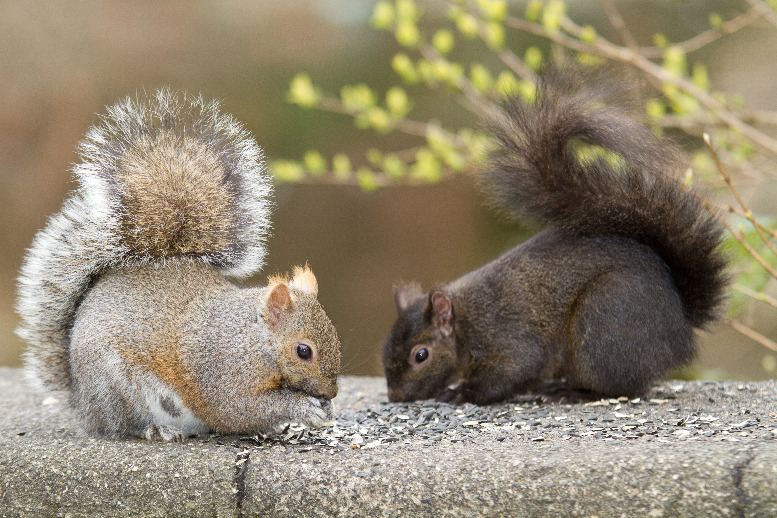Welcome! This project recently migrated onto Zooniverse’s new frontend. For details, see here.

EVOLUTION IN YOUR BACKYARD Classify squirrels to measure natural selection in action. Together we can crack this nut!
Learn moreYou can do real research by clicking to get started here!
Zooniverse Talk
Chat with the research team and other volunteers!
SquirrelMapper Statistics
View more statsKeep track of the progress you and your fellow volunteers have made on this project.
Every click counts! Join SquirrelMapper's community to complete this project and help researchers produce important results. Click "View more stats" to see even more stats.
Percent completeBy the numbers
Message from the researcher
Recent research shows that some threats to biodiversity can also cause populations to evolve very rapidly. Can mammals adapt to a changing environment in just a few decades? Better understanding fur color variation in gray squirrels might help us answer the question...
bcosentinoAbout SquirrelMapper
The eastern gray squirrel Sciurus carolinensis consists of two color morphs: gray and black. Squirrels of different colors occur in very different patterns in different neighborhoods...why?
How can you help?
By mapping out where black and gray morphs occur in our cities, parks, backyards, farms and forests you can contribute to an important scientific discovery about "evolution in action" in our neighborhoods. You can also help us understand how predation affects the evolution of squirrel coat color by helping us identify pictures of squirrel predators. We have thousands of pictures of squirrels and their predators from iNaturalist and camera traps that we've set up. We know where and in what habitat each squirrel or predator was photographed. We now need your help classifying the color of those squirrels, along with the types of their predators!
Important note
We rely on photos of squirrels taken by citizen scientists at iNaturalist. Some of these photos are of dead squirrels. Volunteers classifying the color of squirrels in this project will occasionally encounter photos of dead squirrels.